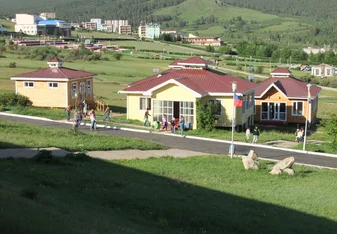- Mongolia
About Program
Explore the lives of grassland animals, from the hedgehog to the Siberian ibex, to help conserve their wilderness home. You’ll travel to the research site by train, through the mountains of the north, to the semidesert steppe, giving you a chance to enjoy Mongolia’s vast landscapes that remain largely free of fences and paved roads. Once at the field site, you will track wildlife by collecting radio-telemetry data, capture, study, and release argali and ibex, hike to survey vegetation and wildlife behavior, track and record the location other wildlife of the area.
You'll hike four to six miles a day, accompanied by members of the project’s large, friendly team of Mongolian experts and students. You'll also get to visit nomadic families and see the traditional Mongolian lifestyle firsthand.



















